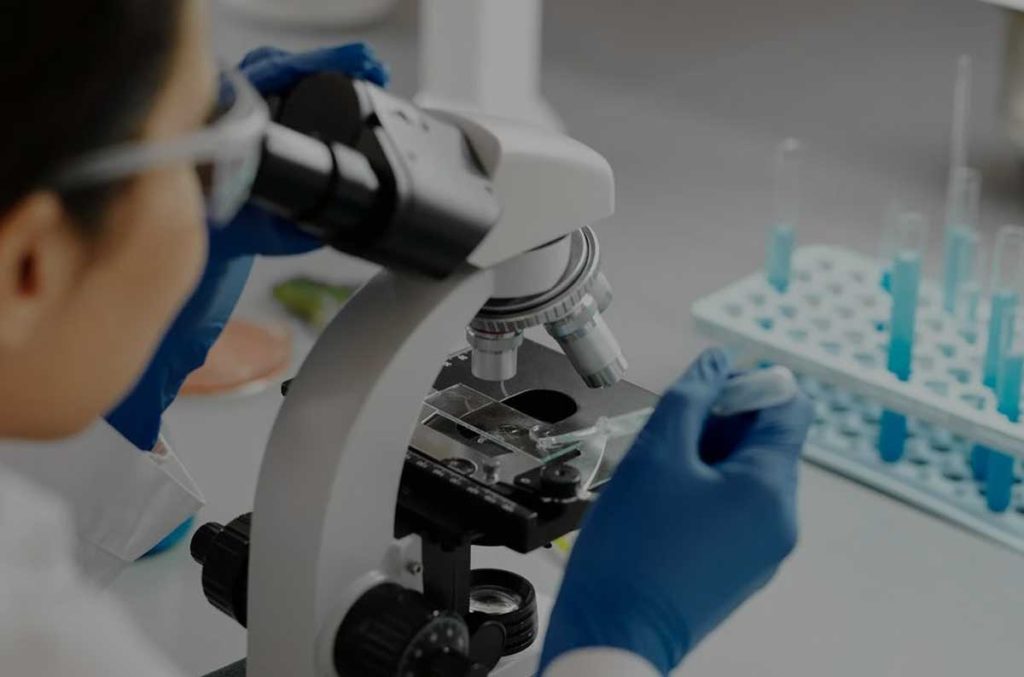Development status of functional silane industry

The general formula of functional silane is RSiX3, where R represents groups such as amino group, vinyl group, epoxy group and methacryloxy group. Such groups are easy to react with functional groups in organic polymers, so that silane and organic Polymer link. X represents a group that can be hydrolyzed, such as halogen, alkoxy, acyloxy, etc., and is used to improve the actual bonding strength between the polymer and the inorganic substance.
Functional silane contains both organophilic and inorganic functional groups. It can be used as an interface bridge between inorganic materials and organic materials or directly participate in the crosslinking reaction of organic polymer materials, thereby greatly improving the performance of materials. It is a very important and widely used Auxiliary.
There are different classification methods for functional silanes: according to the relative substitution positions of active organic groups and Si, they can be divided into two types: γ-substituted and α-substituted; Base silane, epoxy silane, and methacryloxy silane are domestically produced and consumed varieties; functional silanes can be divided into silane coupling agents, silane crosslinking agents and other functional silanes according to their uses.
1. Main application fields of functional silane
The application fields of functional silane mainly include: composite materials, rubber processing, plastic processing, sealants, adhesives, coatings, metal surface treatment and building waterproofing, etc., and are mainly used in high-tech industrial products.
From the perspective of global functional silane consumption, rubber processing accounted for 32.4%, composite materials accounted for 18.5%, adhesives accounted for 16.7%, plastic processing accounted for 14.8%, and coatings and surface treatment accounted for 11.1%.
2. Market size of functional silanes
In 2002, the global functional silane production capacity was only 135,000 tons, the output was 103,000 tons, and the operating rate was 76.3%. By 2018, the global functional silane production capacity will be 596,000 tons, the output will be 415,000 tons, and the operating rate will be 69.6%. Global functional silanes have developed rapidly in the past 20 years, with an average annual compound growth rate of nearly 10%. In 2021, the global functional silane production capacity will be about 765,000 tons, and the global functional silane output will be about 478,000 tons. The output in 2021 will increase compared to 2020. It is estimated that the global functional silane production capacity will be 762,000 tons in 2023, with an average annual growth rate of about 5.0% from 2019 to 2023; the output is expected to reach about 538,000 tons in 2023, with an average annual growth rate of about 5.3% from 2018 to 2023.
It is foreseeable that as the functional silane industry continues to eliminate small producers with backward production capacity and environmental protection standards. The industry will present a competitive landscape dominated by large-scale manufacturers. Enterprises with independent research and development capabilities, mastery of core technologies, and strong capital and scale advantages will have stronger competitiveness.
